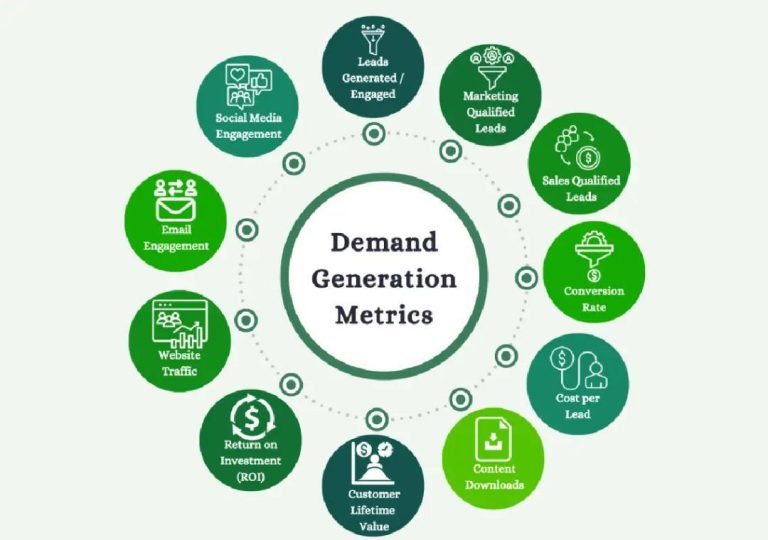
India’s Housing Boom Faces 2025 Test Amid Luxury Overload
India’s housing market has been on a tear for the past three years, with property prices and sales volumes soaring to unprecedented heights. The boom has been particularly pronounced in cities like Bengaluru, the National Capital Region (NCR), and Hyderabad, where demand for homes has been fueled by a combination of factors, including economic growth, demographic shifts, and government initiatives.
However, as the market approaches the midpoint of the decade, signs of fatigue are starting to emerge, particularly in the high-end segments of the market. Analysts warn that excessive luxury supply and rising prices may limit future growth, testing the sector’s resilience in 2025.
In recent months, the market has shown signs of slowing down, with sales volumes and new launches declining in key cities. According to data from real estate research firm, PropEquity, the number of new launches in Bengaluru has declined by 15% in the first half of 2022 compared to the same period last year. Similarly, in NCR, new launches have fallen by 12% over the same period.
Moreover, the luxury segment, which has been driving growth in recent years, is starting to show signs of saturation. The supply of luxury homes has increased significantly in recent years, driven by the entry of new developers and the expansion of existing ones. However, demand for these high-end properties has not kept pace, leading to a surge in inventory levels.
In Bengaluru, for instance, the luxury segment has seen a significant increase in supply, with over 10,000 luxury apartments and villas launched in the past two years. However, according to a report by property consultant, Knight Frank, the average price per square foot in the luxury segment has risen by just 5% over the past year, indicating a slowdown in demand.
Similarly, in NCR, the luxury segment has seen a surge in supply, with over 15,000 luxury apartments and villas launched in the past two years. However, according to a report by real estate research firm, Anarock, the average price per square foot in the luxury segment has risen by just 3% over the past year, indicating a slowdown in demand.
The slowdown in the luxury segment is likely to have a ripple effect on the broader market, as it is often the high-end segment that drives demand for lower-end properties. If luxury buyers slow down, it could lead to a decrease in demand for mid-end and affordable properties, potentially impacting the overall growth of the market.
Despite these challenges, some cities, such as Mumbai, Pune, and Chennai, remain resilient, driven by demand for luxury and mid-end properties. These cities have seen significant growth in recent years, driven by economic growth, demographic shifts, and government initiatives.
Mumbai, for instance, has seen a significant increase in demand for luxury properties, driven by the city’s status as a financial hub and its limited supply of high-end homes. According to a report by property consultant, JLL, the average price per square foot in Mumbai’s luxury segment has risen by 10% over the past year, indicating strong demand.
Pune, another city that has seen significant growth, has been driven by demand for mid-end and affordable properties, particularly from the IT and manufacturing sectors. According to a report by real estate research firm, PropEquity, the average price per square foot in Pune’s mid-end segment has risen by 8% over the past year, indicating strong demand.
Chennai, which has seen significant growth in recent years, has been driven by demand for mid-end and affordable properties, particularly from the IT and manufacturing sectors. According to a report by property consultant, Knight Frank, the average price per square foot in Chennai’s mid-end segment has risen by 7% over the past year, indicating strong demand.
In conclusion, while India’s housing market has enjoyed a three-year bull run, signs of fatigue are emerging, particularly in the high-end segments of the market. Excessive luxury supply and rising prices may limit future growth, testing the sector’s resilience in 2025. However, some cities, such as Mumbai, Pune, and Chennai, remain resilient, driven by demand for luxury and mid-end properties.
As the market approaches the midpoint of the decade, developers, investors, and policymakers will need to carefully monitor the market’s performance and adjust their strategies accordingly. Despite the challenges, India’s housing market remains a critical sector, driving economic growth and employment opportunities. With careful planning and execution, the sector can continue to thrive and meet the growing demands of India’s rapidly expanding population.






